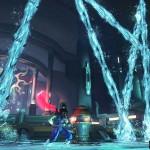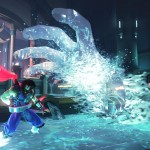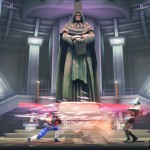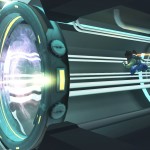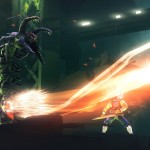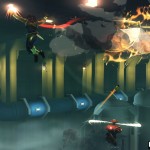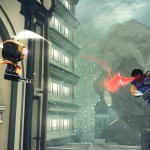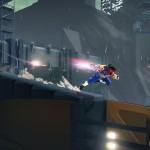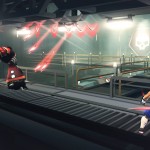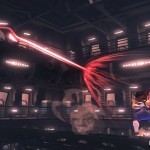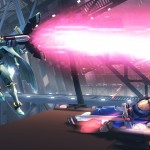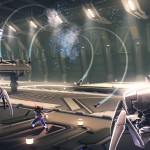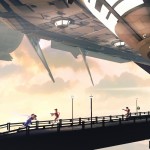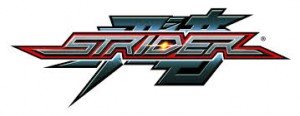 The classic video game remake train continues to chug along, but while some people might have grown weary of the fad; there are occasionally some stand-up efforts to make decent games based on old properties, even if that means revisiting a game. Thankfully for Strider, It manages to make a wholly different experience altogether, and in a good way.
The classic video game remake train continues to chug along, but while some people might have grown weary of the fad; there are occasionally some stand-up efforts to make decent games based on old properties, even if that means revisiting a game. Thankfully for Strider, It manages to make a wholly different experience altogether, and in a good way.
Originally released back in 1989 for the arcades, and subsequently ported to a plethora of consoles and computers, Strider was an action platformer that was praised for its gameplay and cherished for decades. This remake takes the arcades paper thin plot and transplants the overall Metroidvania level design from the NES/Famicom version of the game, while turning the dial on the pace to the action by eight times. Developer Double Helix pitched the idea to Capcom after seeing the outpouring of support from the Capcom-Unity community and the forum posts. While Double Helix has been hit or miss with the quality of many of its games, I can honestly say that they might have finally hit the stride, with a clear focus of what they are good at: bringing new life to old and underused properties.
The gameplay plays very much like its predecessors, with Strider on an assassination mission to take out a despotic ruler known as Meio in a decidedly dystopian future Russian inspired city. Strider starts out weak, with just his Cipher Blade and climbing tools. I say weak because while Strider Hiryu is still a badass ninja, he really only just becomes more powerful than he already starts out. Over the course of the game, you will find new tools that will not only help you get through levels quicker, but they also increase your combat repertoire and grant more access to previously locked off parts of the maps. These maps also hide many secrets that the game contains. You can unlock hidden upgrades, collectibles like dossiers, concept art, or even new costumes. Some of the unlockables are kind of lacking though, it would have been more fun to have something like the original arcade titles or new gameplay mode like playing as other Striders, rather than unlocking challenge levels or palette swaps. The combat also can be pretty easy and one sided on Normal, but maybe sometimes all a player wants is too just play a simple albeit fast-paced experience to relieve some stress. And if you want challenge, there is Hard mode. The game runs at a mostly 60fps, and is extremely smooth. Only the PC and current-gen consoles benefit from the frame rate bump, but for an experience like this, it’s welcomed.
There are a few issues though. The Strider games don’t have the greatest emphasis on story-telling, which isn’t really much of a problem; but if you are going to put cut-scenes in a game, at least try to explain what’s going on. Most plot details are found within the collectible dossiers. The voice-acting is also pretty bad, using terrible stereotypical accents for the characters. Even Strider isn’t immune from bad “Engrish” accents. Where did they get these people, and more important why was it done like this? But then again, maybe they were trying to run of the 80’s aesthetic, but they fizzled. The music also pays homage to the classic titles on occasion, but for the most part it’s atmospheric. It could have done well to use fan-created remixes, which would have likely been of higher caliber than what’s on display in the game itself. Visuals also are not very impressive. But being effectively a port of the last-gen versions, that is to be expected. But ultimately, these things take a backseat to the gameplay, which is sold, and the biggest draw to the game. And if you can get down with that, you have an enjoyable action platform revival on your hands that demands your attention.
Gameplay
Graphics
Sound
Overall

